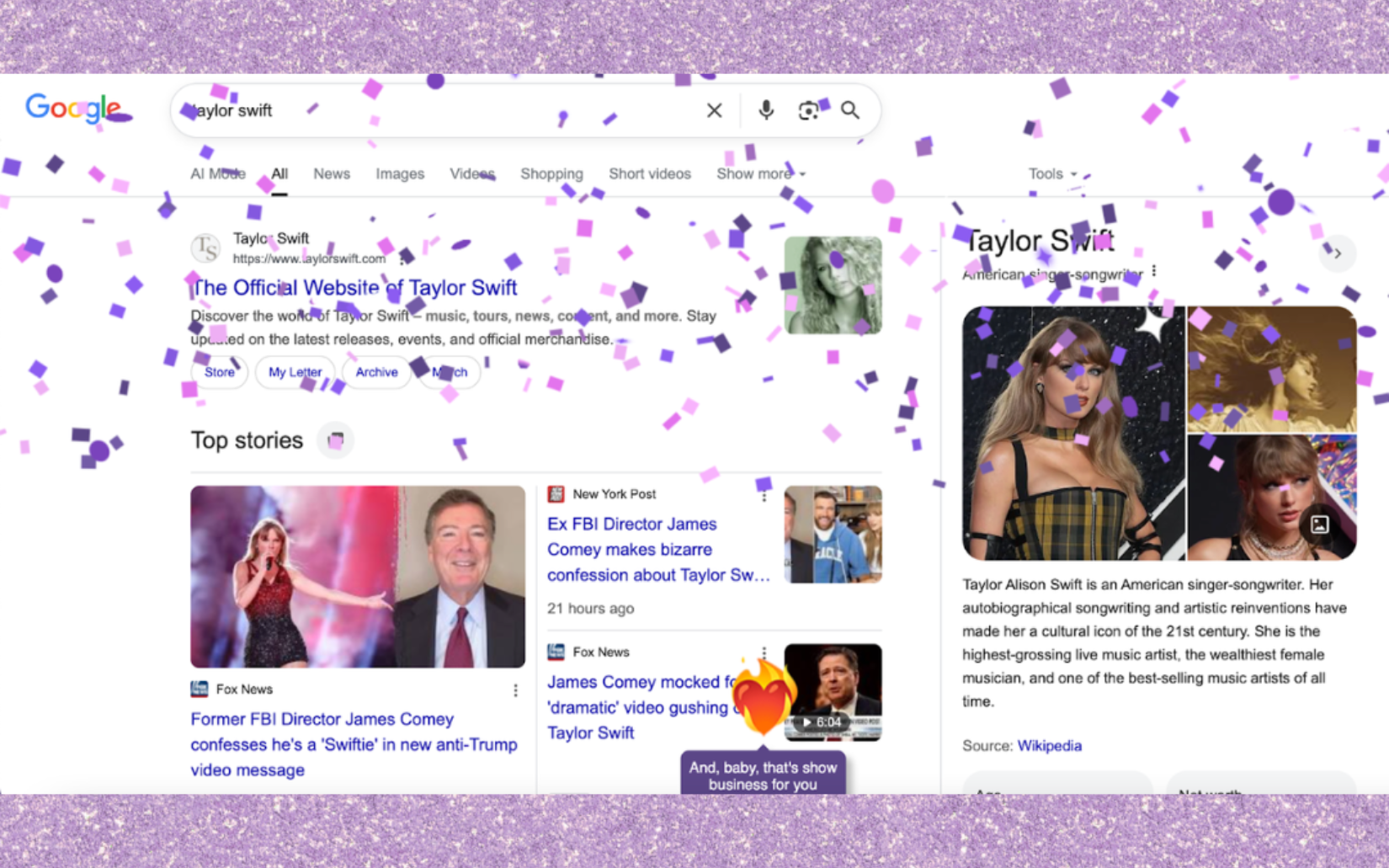The Supreme Court Takes on Social Media
Since the invention of social media, the medium has largely been unregulated. As social media continues to evolve and grow its user base, governments are trying to catch up to the social media giants through legislation. In other parts of the world, such as the European Union, regulation of social media has begun with a heavy focus on user privacy, but in the U.S., this is a new area of focus for legislators that is spilling over into the court system. The Supreme Court, the highest court in the nation, has recently examined cases involving new social media regulations; read below to see what the future holds for these laws.
Moody v. NetChoice, No. 22-277, and NetChoice v. Paxton, No. 22-555
Both of these cases address the issue of whether social media companies have the right to moderate content on their platforms, or if doing so infringes upon free speech. Each case examines a different state law. The Florida case, Moody v. NetChoice, No. 22-277, addresses the right of social media platforms to permanently remove candidates for state public office from using their site. Meanwhile, the Texas case, NetChoice v. Paxton, No. 22-555, is in response to the state law prohibiting social media platforms from removing any content based on the user’s viewpoint.
Both cases came to no definitive conclusion. Instead of ruling on the matters, the Supreme Court unanimously agreed, by a 9-to-0 vote, to send these cases
back to the lower courts for further examination. Before the Supreme Court hearing, the U.S. Court of Appeals for the 11th Circuit
upheld a preliminary injunction that temporarily blocked Florida’s law.

Also, the 5th Circuit panel reversed a lower court’s order blocking the Texas law. The majority of the judges cited the need for lower courts to properly examine the First Amendment when considering the verdict in each case. For both, the Biden Administration has come out in support of social media companies. As of right now, the cases remain on hold for the foreseeable future.
Murthy v. Missouri, No. 23-411
In another case regarding freedom of speech, the Supreme Court examined the arguments in Murthy v. Missouri, No. 23-411, which dealt with the question of whether the government had the right to contact social media platforms to combat what the government claimed was misinformation. The case was in response to communications between top officials in the Biden Administration and social media companies about taking down posts on specific topics such as Covid-19 and election fraud conspiracy theories.
Unlike in Moody v. NetChoice, No. 22-277, and NetChoice v. Paxton, No. 22-555, the Supreme Court came to a concrete resolution in this case. The decision, by a 6-to-3 vote, was a win for the Biden Administration. Specifically, the judges cited that the plaintiffs
“had not suffered the sort of direct injury that gave them standing to sue” in this situation. Although there were several dissenting votes, the topic covered in this instance appears settled for the foreseeable future.
Potential Future Case: Limiting Addictive Social Media for Minors

Potential Future Case: TikTok and its TikTok Creators Sue the U.S. Government
The social media platform TikTok has sued the United States government over the new law which would force the app’s Chinese owner, ByteDance, to sell the company or face a ban in the country. TikTok is making the case that the law violates the First Amendment rights of their users since it removes an app that millions of Americans use to share their views and communicate freely. The government has given the company a timeline of 9 months from April 24th, 2024 to sell TikTok, however, the social media platform has declared this to not be possible. With TikTok fighting for its survival, it is very likely for this case to reach the Supreme Court.
In addition to TikTok, TikTok creators have taken to the courts to sue the U.S. government over the possibility of a TikTok ban. TikTok creators are arguing that this law violates their First Amendment rights. Currently, the case has been filed in the U.S. Court of Appeals for the District of Columbia Circuit; the designated jurisdiction for challenges to the law. Whether or not this dispute makes its way to the Supreme Court remains to be seen.

















